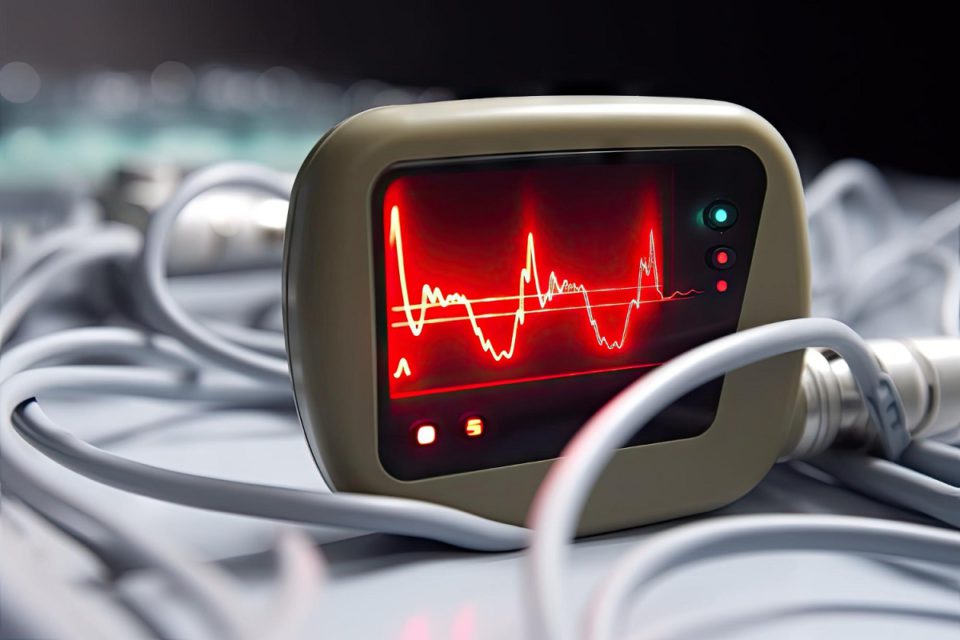Every year, thousands of lives are lost due to sudden cardiac arrest (SCA), a condition that can strike anyone at any time. Time is essential when treating SCA, and that’s where Automatic External Defibrillators (AEDs) play a crucial role. In this article, we will delve into the importance of AEDs in saving lives, their accessibility, ease of use, and their vital role in increasing survival rates during cardiac emergencies.
Understanding Sudden Cardiac Arrest:
Sudden cardiac arrest occurs when the heart suddenly and unexpectedly stops beating due to a malfunction in its electrical system. It can happen to individuals of any age, including those with no previous heart conditions. During SCA, the heart’s pumping action is disrupted, leading to the loss of blood flow to vital organs. Without immediate intervention, SCA is often fatal within minutes.
The Role of AEDs in Cardiac Emergencies:
AEDs are portable electronic devices designed to analyze heart rhythms and deliver electric shocks to restore the heart’s normal rhythm in cases of SCA. These user-friendly devices allow even bystanders or non-medical personnel to provide immediate aid during a cardiac emergency. AEDs are designed to be used in conjunction with cardiopulmonary resuscitation (CPR) and are highly effective in increasing the chances of survival.
Accessibility and Placement of AEDs:
To maximize their effectiveness, AEDs must be readily accessible in public places, workplaces, schools, and other areas with high population density. Rapid access to an AED can significantly improve the chances of survival for SCA victims. Many organizations and communities now recognize the importance of AEDs readily available and have implemented AED programs to ensure quick access and response in emergencies.
Ease of Use and User-Friendly Design:
AEDs are designed to be user-friendly, enabling anyone, even those without medical training, to use them effectively. These devices typically come with clear visual and audio instructions that guide the user through the process. The AED’s built-in intelligence allows it to analyze the heart’s rhythm and determine if a shock is necessary. As instructed, the user must follow the prompts and apply the electrodes to the victim’s chest as per CTN News.
Increasing Survival Rates:
Using AEDs in the early stages of SCA significantly increases the chances of survival. Studies have shown that prompt defibrillation can increase survival rates by more than 70% within the first few minutes of cardiac arrest. This highlights the critical role AEDs play in providing immediate treatment and potentially saving lives before emergency medical services arrive.
AED Training and Awareness:
While AEDs are designed to be easy to use, proper training and awareness are still essential. Basic CPR and AED training courses are widely available, equipping individuals with the knowledge and skills to respond effectively in a cardiac emergency. Organizations, schools, and communities should prioritize training initiatives to ensure individuals feel confident and capable of using an AED when needed.
Conclusion:
Automatic External Defibrillators (AEDs) are invaluable tools in the fight against sudden cardiac arrest. Their accessibility, ease of use, and ability to deliver life-saving shocks make them vital in increasing survival rates during cardiac emergencies. AEDs should be widely available in public spaces, workplaces, and other high-traffic areas, allowing immediate response and treatment. Organizations like AED defibrillator by AED Advantage Sales Ltd provide AED defibrillators and support to help communities implement effective AED programs. By recognizing the importance of AEDs and promoting their use, we can create a safer environment and improve the chances of survival for those experiencing sudden cardiac arrest.
